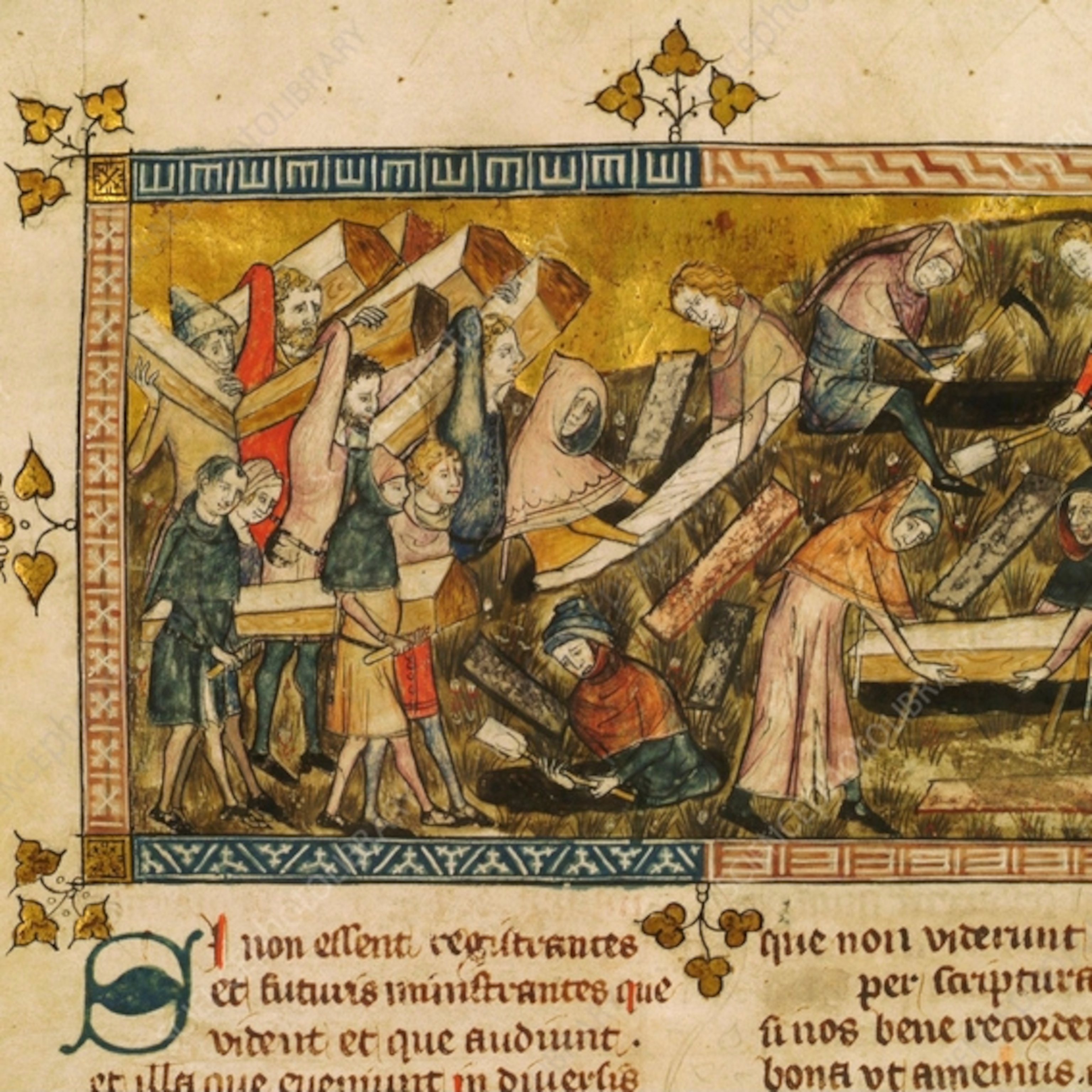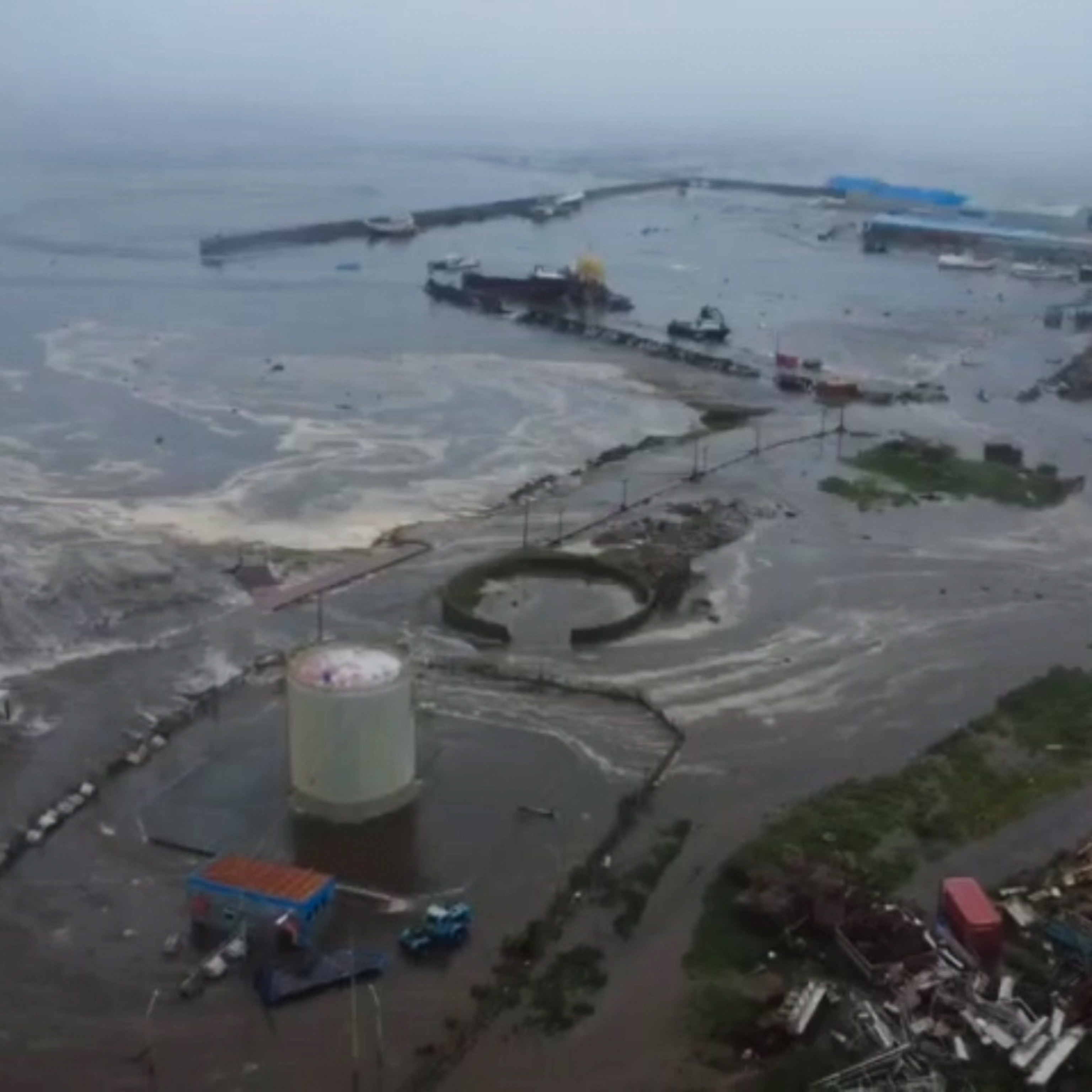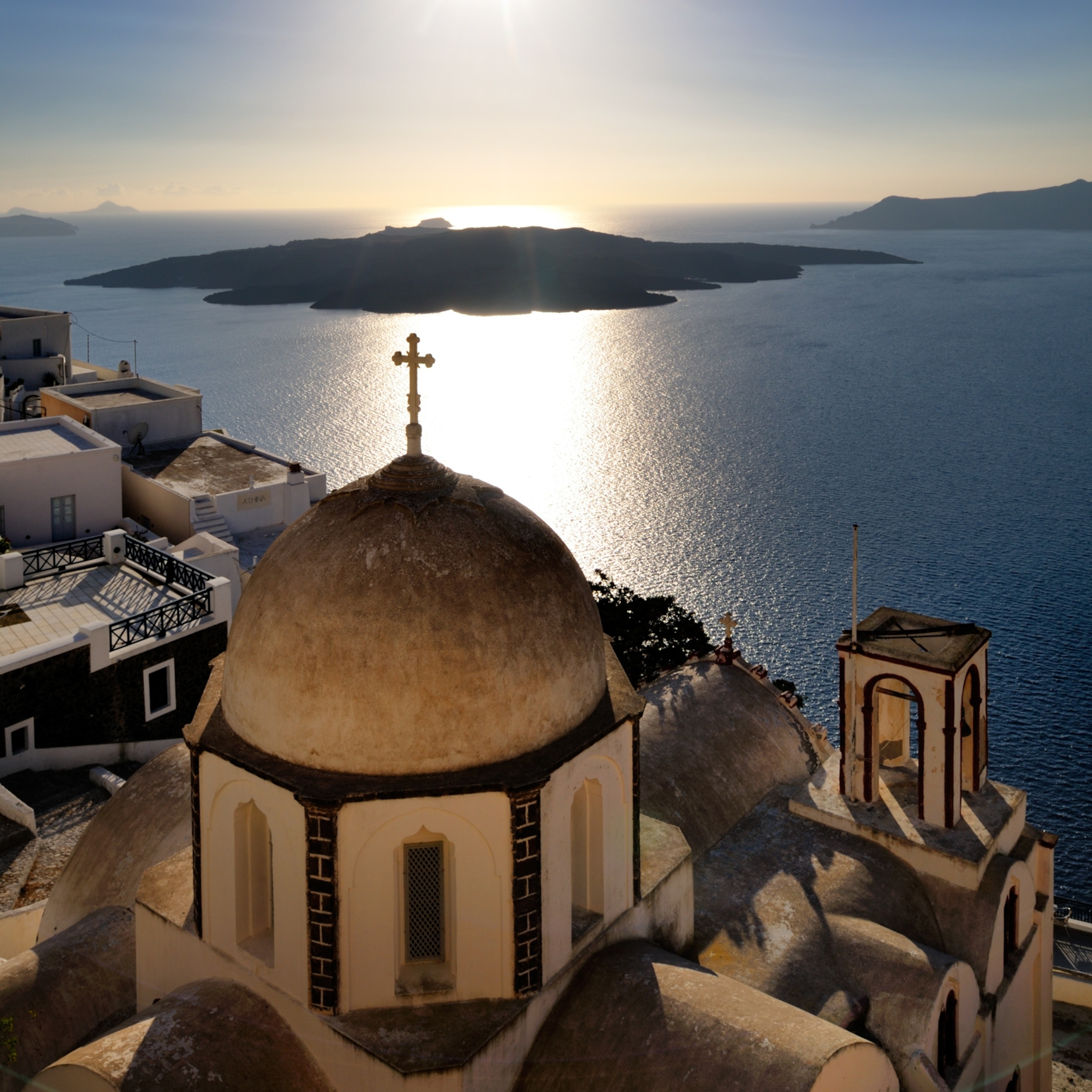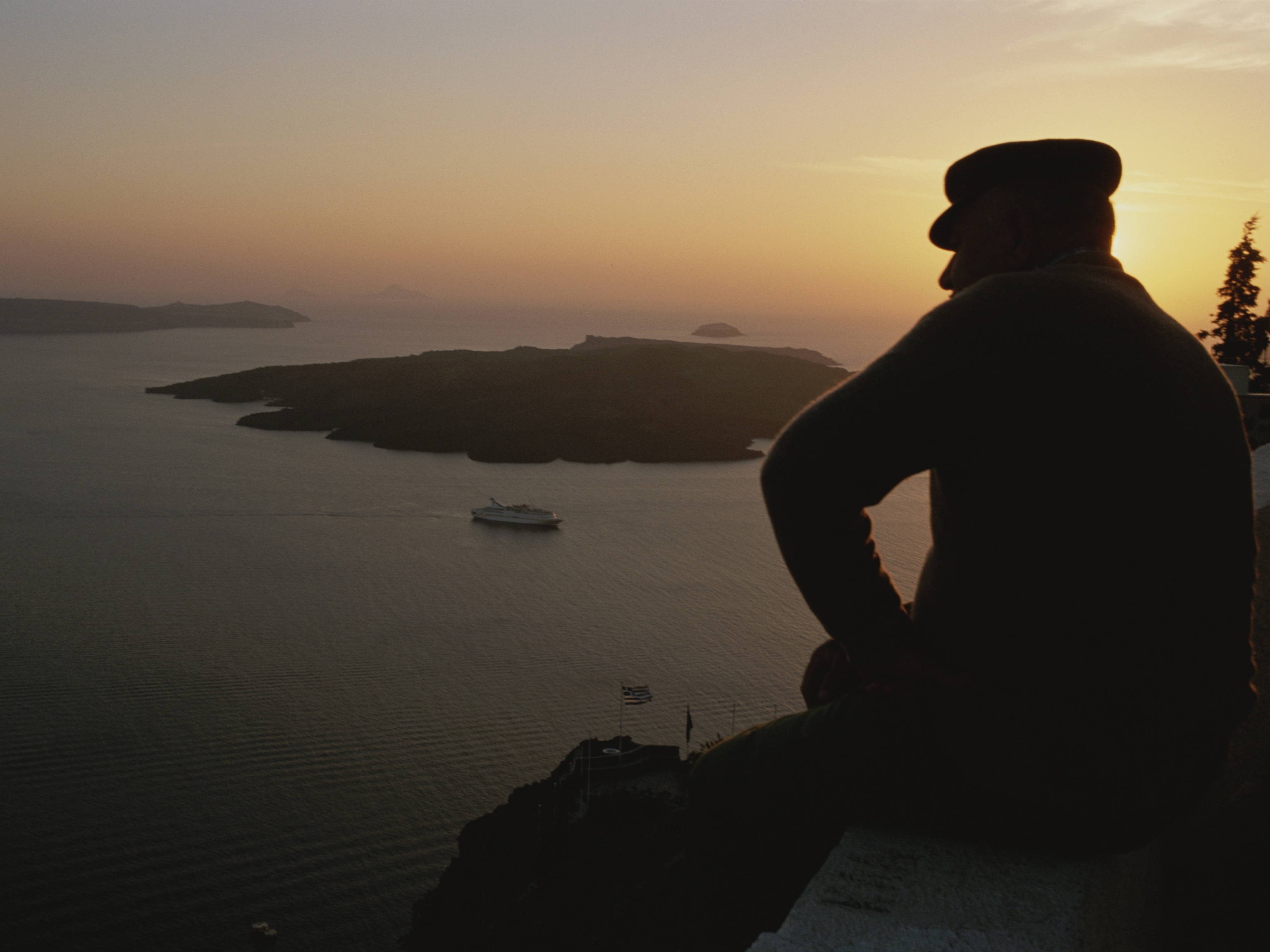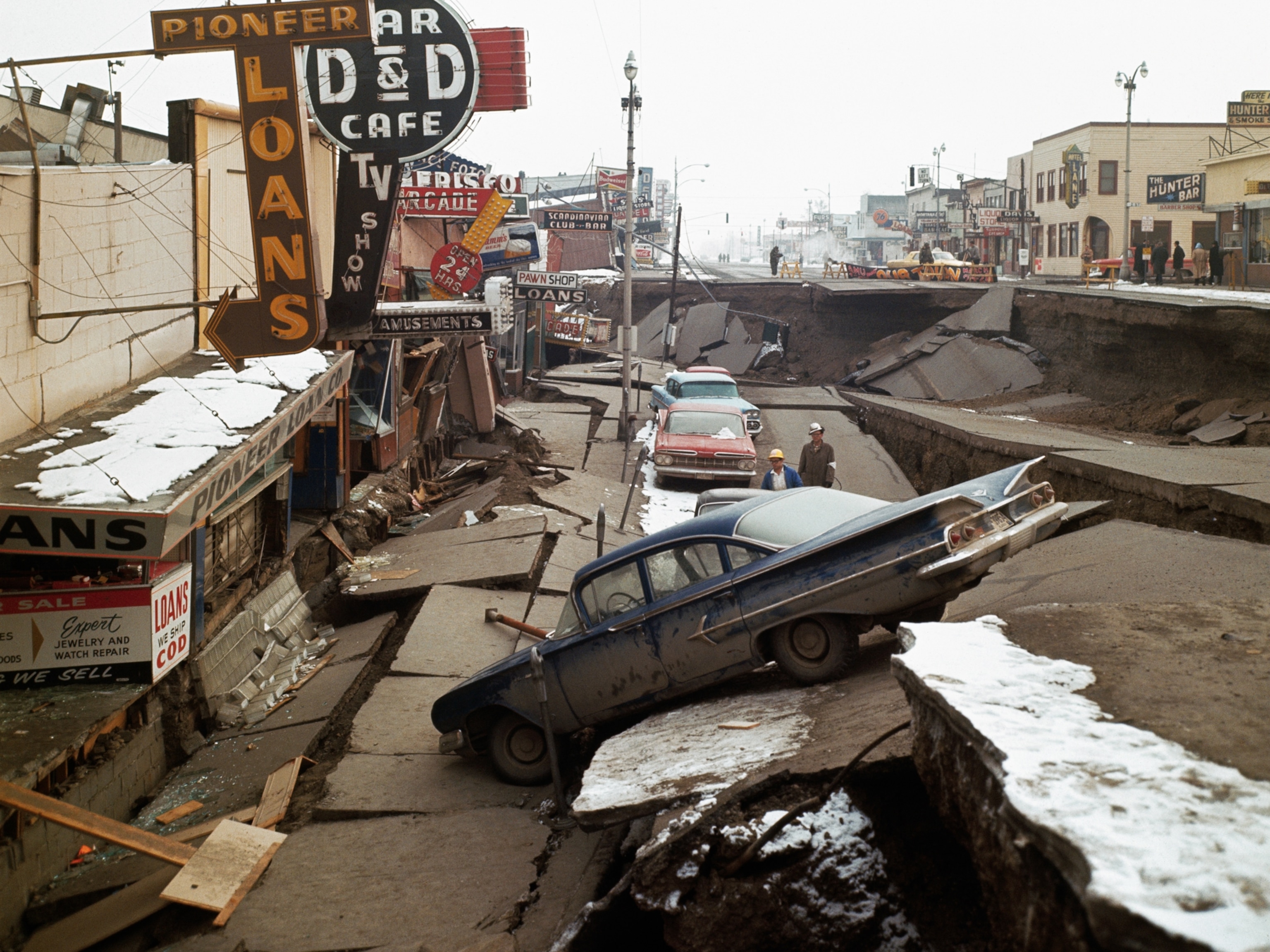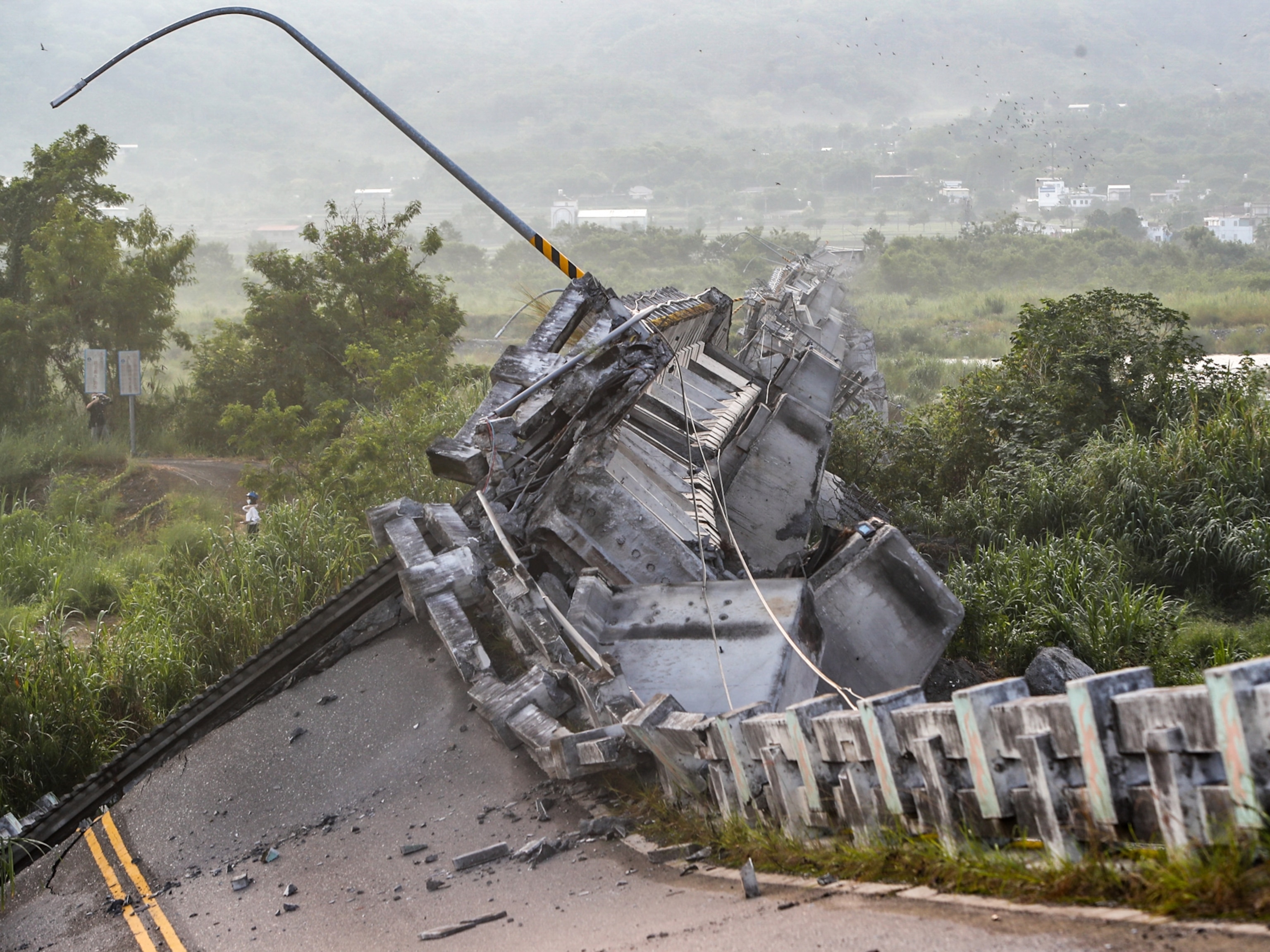On Monday, at 2:11 p.m. local time, an explosive eruption rocked White Island, a small volcanic isle in New Zealand’s Bay of Plenty. A series of violent blasts rang out, flinging ash 12,000 feet into the sky and showering the volcano’s floor with hot debris, before everything fell silent a handful of minutes later.
It quickly became apparent that lives were lost. A number of tourists were on the island at the time, several of whom were right next to the volcano’s active vent. At the time of writing, five deaths have been officially recorded, with several more people still unaccounted for. Recent reconnaissance flights over the island, also known by its Māori name Whakaari, have found no signs of life.
For this sort of volcanic paroxysm, “this was probably the actual worst-case scenario,” says Shane Cronin, a volcanologist and Earth scientist at the University of Auckland.
Understandably, this explosion took many by surprise. But for this volcano, and for the type of eruption style involved, it was nothing out of the ordinary: Similar eruptions, though not everyday occurrences, have happened at many volcanoes all over the world, and they will continue to appear without much warning. (Find out the most dangerous volcanoes in the U.S., according to geologists.)
“This is a case of people being in the wrong place at the wrong time,” Janine Krippner, a volcanologist at the Smithsonian Institution’s Global Volcanism Program. “It’s horrible when it happens, but it will continue to happen over and over again.”
So why was the eruption at Whakaari/White Island so unpredictable and deadly? Let’s look at the facts.
Invisible warning signs
Whakaari/White Island is the summit of a complex submarine volcano. According to the Smithsonian Institution’s Global Volcanism Program, it is highly ebullient, engaging in a variety of eruption styles. Many feature moderate explosions.
As a result of its hyperactivity, and the frequency with which tourists visit, Whakaari/White Island is heavily monitored. Scientists were keeping a close eye on it to try and spot any behaviors that could potentially indicate the volcano was gearing up for something explosive.
Volcanologists with GNS Science, a New Zealand-based consulting group, spotted some localized surface deformation a few weeks earlier, says Geoff Kilgour, a scientist with the group. Deformation can be indicative of subsurface pressure changes caused by moving superheated liquids, gases, or magma. But in this case, the activity didn’t indicate that any major build-up of pressure was happening.
Still, monitoring efforts and reports from tourist companies also picked up some geyser-like convulsions at the time, along with an uptick in gas emissions and seismic rumblings. So, authorities did raise the volcano’s alert level. Alert level rises don’t mean that an eruption is inevitable, and in many cases, no eruption is forthcoming. Unfortunately, this time was a deadly exception.
Volcanic pressure cooker
Magma happens to sit close to the surface at Whakaari/White Island, and the molten rock constantly degases and heats up the plentiful supply of groundwater.
“You’ve got a really complex witches’ brew there,” Cronin says.
In addition, the magma’s path to the surface at this vent can get blocked, sometimes through the precipitation of minerals. That can lead to gases getting trapped underneath, where they keep accumulating and getting heated, creating a pocket of superheated elements somewhat like a pressure cooker. The sizzling water is often trying to boil off into steam, but it remains a liquid because of the immense pressure.
That means any crack in this geologic pressure cooker can produce a savage, speedy decompression event. The liquid water flashes to steam, expanding its volume 1,700 times in a heartbeat. The expansion energy is enough to shatter rocks and carve out geologic scars. When the pressure at the vent is released, a decompression wave rockets down into the volcano’s throat, where it encounters more pressurized water. Sometimes, the shockwave hits the magma, turning what is a steam-based outburst into a magma-driven eruption.
Even a steam blast is lethal if you stand too close to the vent, Cronin says. But the flying rocks, wet debris jets, and scorching air can also cause life-threatening harm.
And the cascade of events happens so fast that no one has time to react. The bulk of this eruption was a collection of impulsive bursts, each just tens of seconds long. The whole thing was pretty much over in two minutes, Kilgour says. The situation is especially dangerous on Whakaari/White Island, since the volcanic island is so small.
“There aren’t a lot of places you can be on White Island without being very close to the vent,” says Loÿc Vanderkluysen, a volcanologist at Drexel University.
Uncertain future
This eruption style—driven at least initially by steam—occurs at volcanoes all over the world. A somewhat similar steam blast happened at Japan’s Mount Ontake in 2014, killing 63 hikers. Crucially, these volcanic events don’t provide any definitive warning signs. No matter where in the world they occur, “no one has shown that they are able to forecast this kind of activity,” Kilgour says.
In this case, bad luck played a role, too. A similarly vicious eruption took place at Whakaari/White Island in 2016, but it happened at night. This one happened in the afternoon, while tourists were present. (Here’s why people continue to live near active volcanoes.)
It’s unclear how this tragedy will affect the ability of tourists to visit this privately owned island in the long run. Scientists will continue to monitor and study the island closely, and Cronin and his colleagues are creating miniature hydrothermal explosions in a lab to try and better understand what causes them.
For now, though, there is much that remains unknown about these volcanic blasts, and it’s all the more important for everyone to understand the dangers and uncertainties involved in visiting an active volcano like Whakaari/White Island.
“It’s hard to portray uncertainty to tourists,” Kilgour says. “And there’s a lot of uncertainty about volcanic eruptions, especially these rapid-onset, or essentially unpredictable, events.”
What is grimly certain is that these types of volcanic explosions will continue to pose potentially deadly risks. “Of all the volcanoes that I’ve visited that are easily accessible to tourists,” Vanderkluysen says, “I don’t think there were any where I heard absolutely zero horror stories.”


